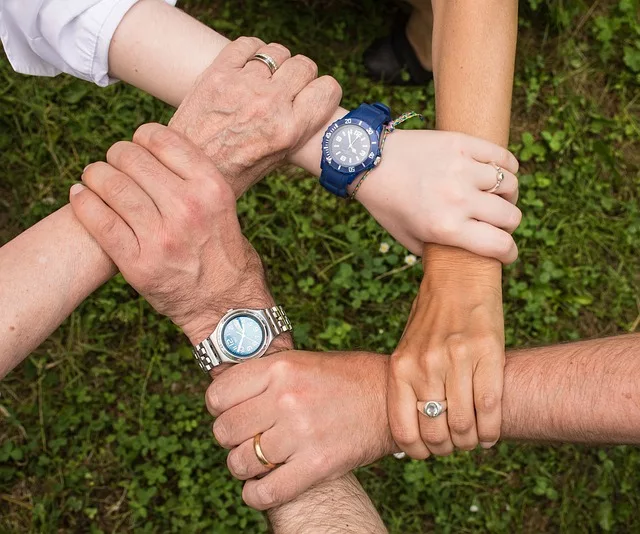Just as Memorial Day is a time to honor those who died during military service, the month of May also marks Mental Health Month, a public awareness campaign started in 1949. As both observances wind down, law enforcement agencies across the country continue to train first responders on how to best interact with the growing number of emergency calls related to mental health issues.

The National Alliance on Mental Health (NAMI) writes, “1 in 5 Americans will be affected by a mental health condition in their lifetime and every American is affected or impacted through their friends or family.”
Since “deinstitutionalization” and funding cuts to state-run mental institutions began in the late 1950s, and escalated in the late ‘70s and early ’80s, law enforcement officers are often primarily the first step in mental health-related issues. This shift is problematic for a number of reasons.
First, police officers have historically been ill-equipped and poorly trained to handle these situations, putting both themselves and individuals with mental health issues at risk.
Secondly, it has meant jails and prisons fill the gap left in the wake of state-run mental hospitals.
Jails Serving as Mental Health Facilities
“Jails were not set up to be treatment facilities. People get worse in jail,” Mark Gale, criminal justice chairman for the LA County Council of NAMI, said in an interview with National Public Radio.
According to a law enforcement bulletin published by the Federal Bureau of Investigation (FBI), the three largest mental facilities in the country are jails. They include:
1. Riker’s Island – New York, New York
2. Cook County Jail – Chicago, Illinois
3. L.A. County Jail, Los Angeles, California
What is the Crisis Intervention Team (CIT)?
Education models, such as the Crisis Intervention Team (CIT), a 40-hour training session taught by mental health professionals, have proven effective in lowering the rate of incarceration for those with mental health issues. The curriculum teaches officers a number of skills, such as the following:
- How to identify the symptoms and signs of mental illness
- De-escalation techniques
- Questions that include what type medications a victim might be taking
- Information on treatment available within the community
In Los Angeles, the police department’s mental evaluation unit is made up of 28 county health workers and 61 sworn officers. The unit responded to almost 5,000 calls in 2015.
Peter Eliasberg, a legal director at the American Civil Liberties Union of Southern California, told NPR, “The goal is to make sure that people who are mentally ill, who are not a danger to the community, are moved toward getting treatment and services as opposed to getting booked and taken into jail.”
For many of those suffering mental health conditions, including an estimated 300,000 U.S. veterans, reports the American Psychological Association, self-medicating with alcohol and drugs is common. This not only worsens the symptoms of issues like post-traumatic stress disorder, depression or bipolar disorder, it can lead to dependency and a co-occurring disorder.
A compassionate approach, where arrest is not necessarily the first course of action by law enforcement, offers individuals with mental health conditions the opportunity to avoid the criminal justice system and receive treatment for their illnesses. It’s also the right thing to do.
Related:
June is Post-Traumatic Stress Disorder Awareness Month
Science and Statistics of Mental Illness





